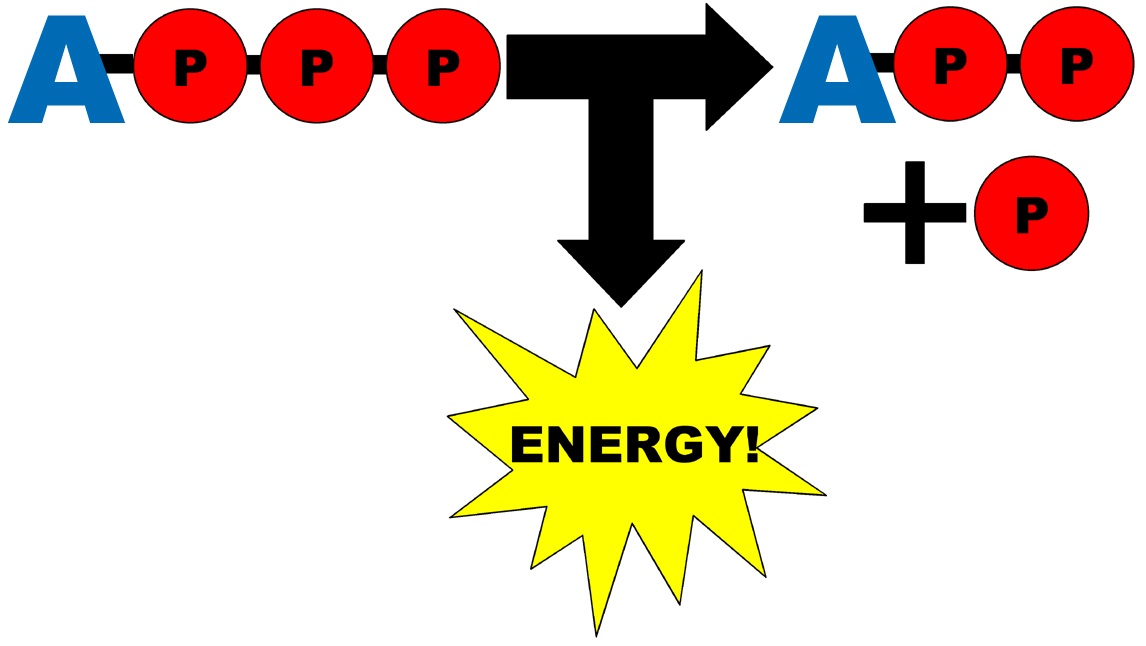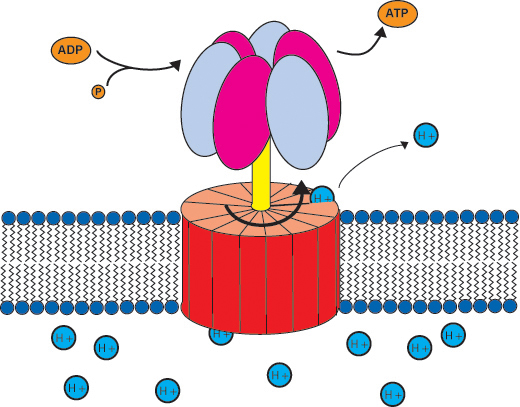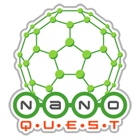Molecular Motor
You may already know that your body is made up of cells, too small too be seen with your eyes. Did you know that inside each of those cells are hundreds of machines that are even smaller? These nanoscale molecular machines do things like break down food, build new proteins and contract muscles - they do all the little tasks that let your body grow and work!
One very important machine found in cells is an enzyme called ATP synthase. ATP synthase makes ATP, which is the fuel for all the other molecular machines. ATP (adenosine triphosphate) can be broken down into ADP(adenosine diphosphate) and phosphate to release energy.

To understand how the body makes this ATP fuel, first imagine that you are in a crowded room with many other people. You notice that there is a revolving door leading to a room with no one in it. What would you do in this situation? Probably you would push through the revolving door to get the less crowed room, and many other people would do the same.

Boo! Too many people in the room!

As people move to the less crowded side, they turn the circular door, giving it energy ass they pass through.
Protons (Hydrogen atoms that have lost their electron, or H+) feel the same way as you do. When there are many of them on one side of a cell membrane, they want to cross to the less crowded side. In the process they travel through ATP synthase, and turn it as they go. This turns the enzyme proteins that are ouside of the membrane. The energy gained by rotation turns ADP and phosphate back into ATP.
So, ATP synthase takes advantage of protons crossing the membrane to return ADP into ATP fuel.

ATP synthase is just one of the many molecular machines at work in your body right now. Scientists are inspired by these natural molecular machines and are using nanotechnology to create molecular machines and motors in the laboratory.



